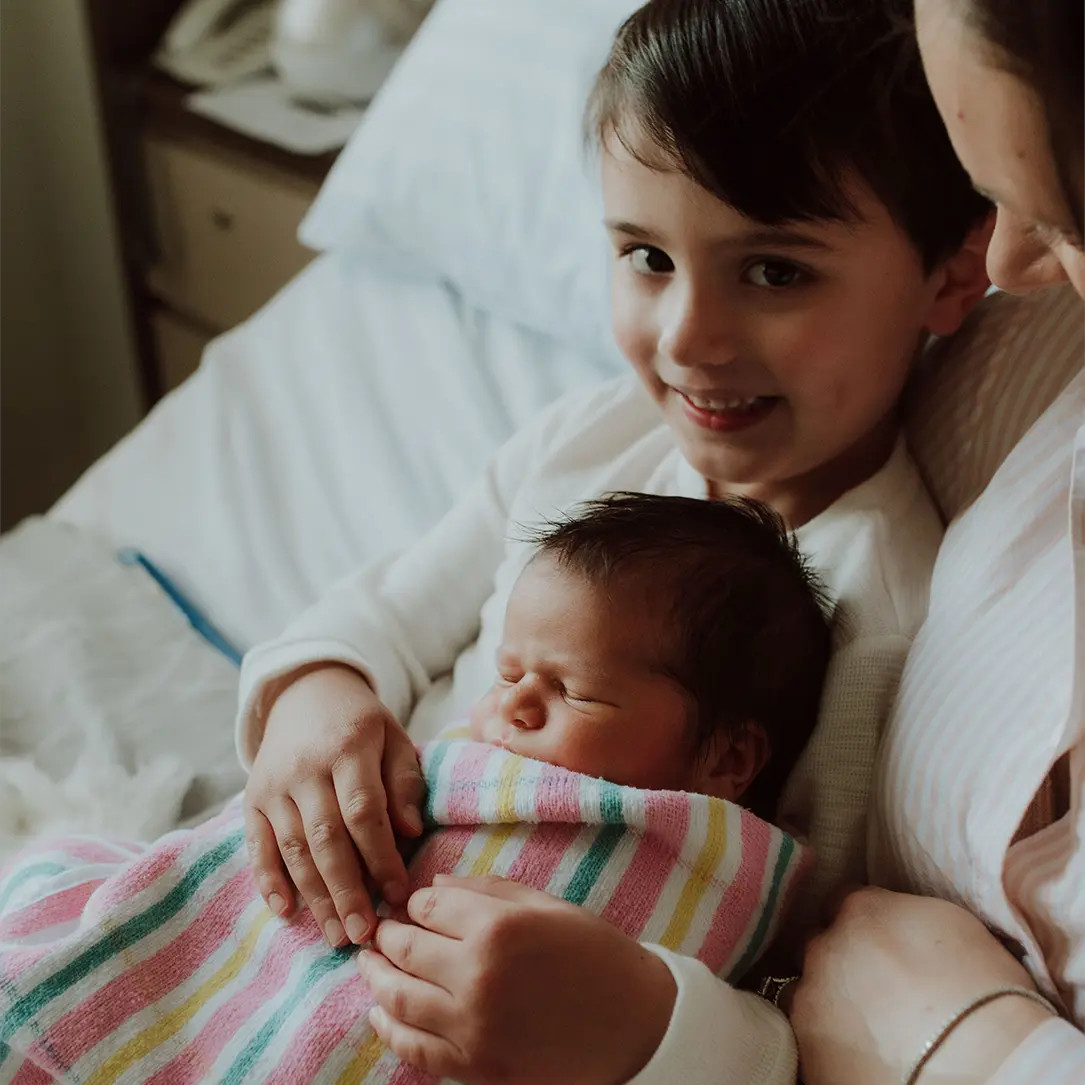How can cord blood be used?
Worldwide, cord blood has been used in over 40,00042 transplants in the treatment of over 80 conditions.43 In Australia, over 500 cord blood units have been released to treat many conditions here and abroad.33
Diseases treated by cord blood transfusion44*
|
Cancer |
Acute leukaemia
Chronic leukaemia High-risk solid tumours Hodgkin and non-hodgkin lymphoma Myelodysplastic syndromes |
|
Blood disorders |
Aplastic anaemia
Beta thalassaemia Diamond-blackfan anaemia Fanconi anaemia Sickle cell disease |
|
Immune disorders |
Chronic granulomatous disease
Hystiocytic disorders Leukocyte adhesion deficiency Severe combined immunodeficiency diseases Wiskott-Aldrich syndrome |
|
Metabolic disorders |
Krabbe disease
Hurler syndrome Metachromatic leukodystrophy Sanfilippo syndrome |
Cord Blood Diseases Treated
For further information on current & future uses, download our Cord Blood Current Uses.
For further information on current diseases using cord blood in treatment, download our Cord Blood Diseases Treated (92 kb).
Malignancies collection program
Haematological malignancies (blood cancers) such as leukaemia often require multiple stages of treatment. In some instances a cord blood transfusion or bone marrow transplant may be a course of treatment. In order to support Australian families to potentially expand their treatment options, Cell Care has established the Malignancies Collection Program.
This program provides the collection and storage of cord blood, free of charge, for children with a sibling with a haematological malignancy such as leukaemia. Certain criteria needs to be met to be accepted into the program including approval from Cell Care’s Medical Director in consultation with the referring oncologist.
"Sibling cord blood transplant is a well-recognised and effective treatment for a range of haematological diseases worldwide. Cell Care is a fully TGA licensed family cord blood bank, and it’s free collection and storage program will ensure that all families in Australia who potentially could benefit from this treatment option will now be able to do so."
- Dr. Peter Downie,
Head, Paediatric Haematology-Oncology
Director, Children’s Cancer Centre
Monash Children’s Hospital
Senior Lecturer, Department of Paediatrics
Monash University

